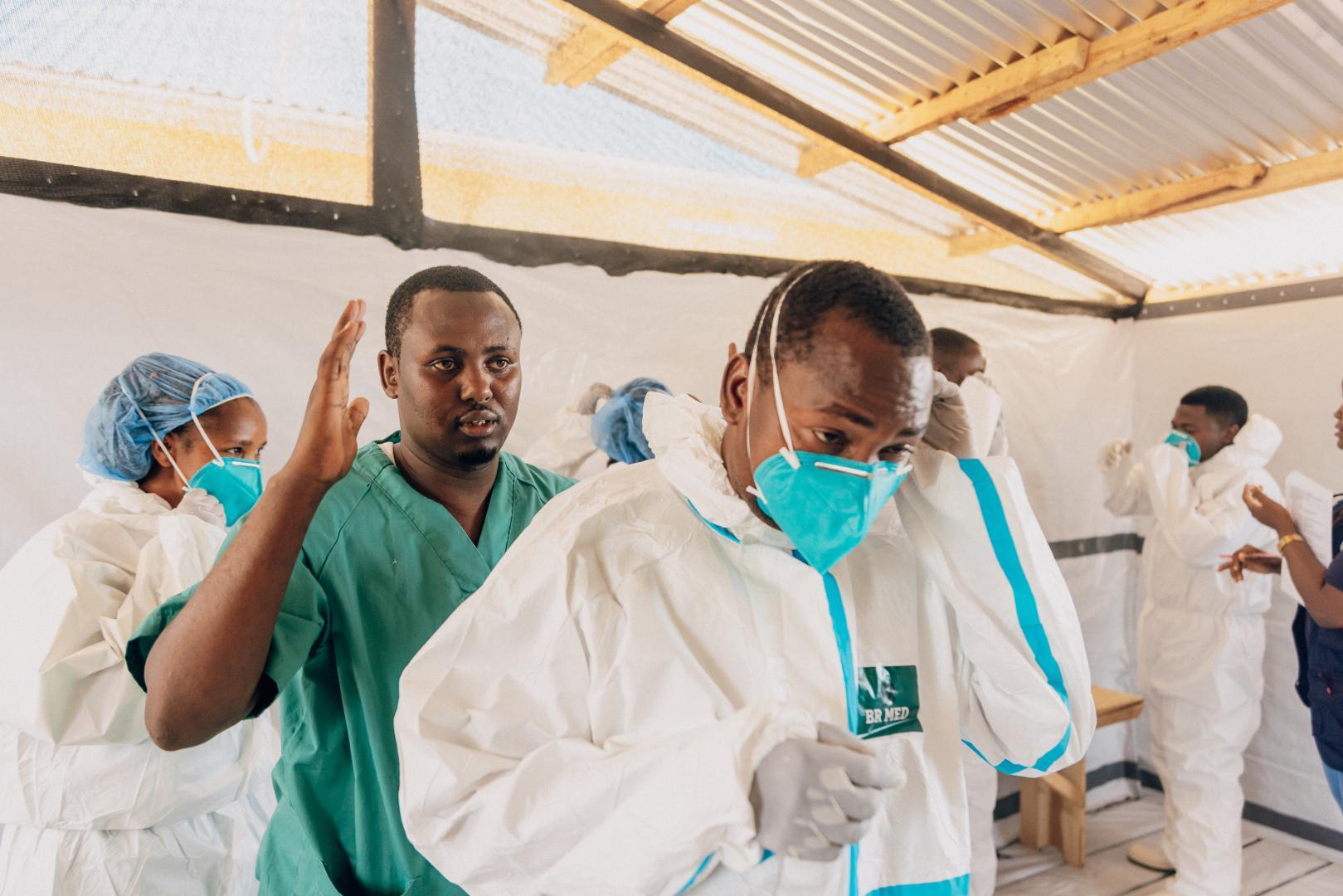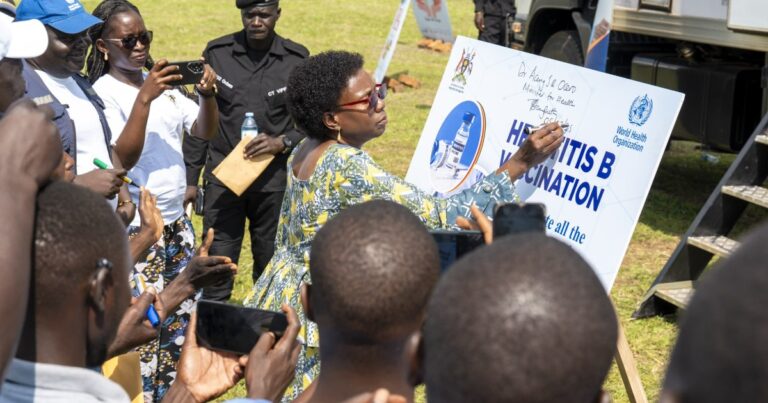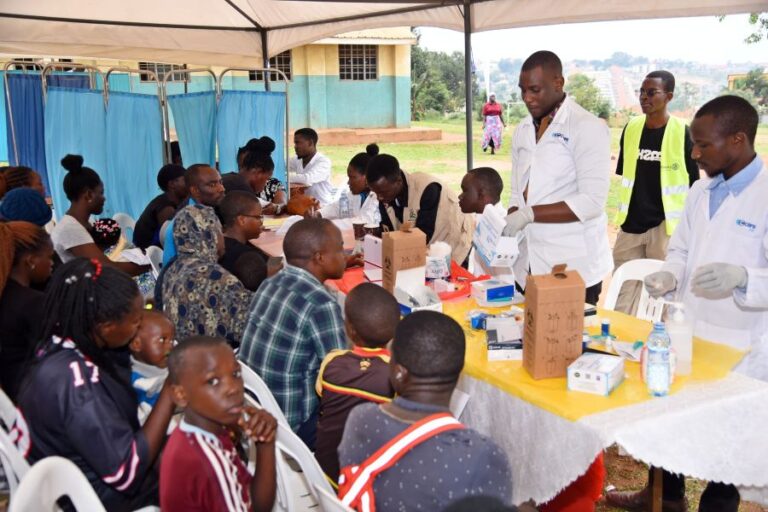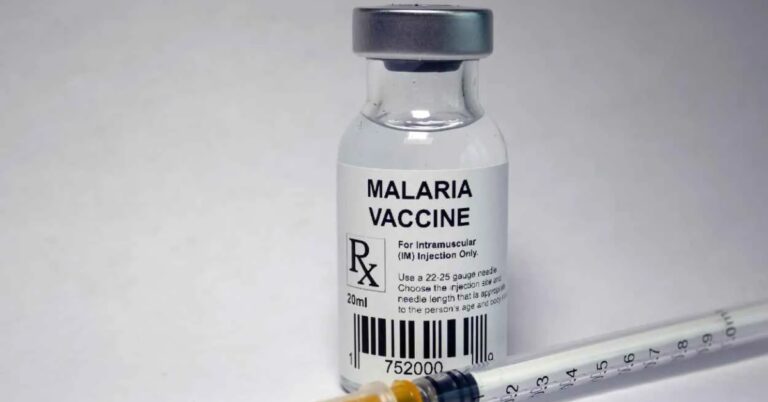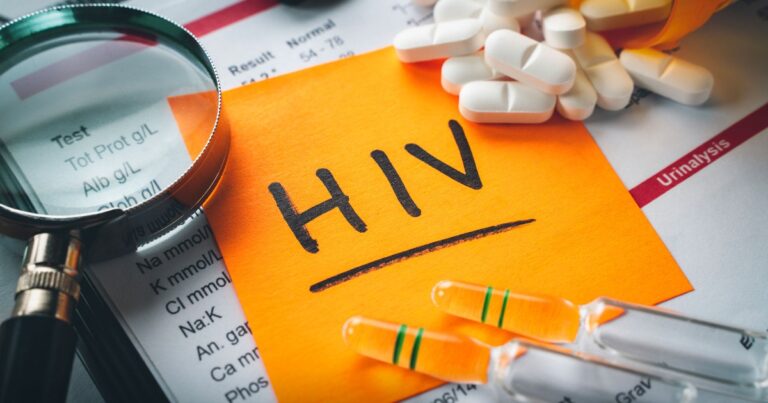In a major boost to its health security systems, Tanzania has secured a US$25 million grant from the Pandemic Fund to strengthen its national capacity to prevent, detect, and respond to epidemic and pandemic threats. The initiative has also attracted an additional US$7 million in co-investment and US$6.7 million in co-financing, signaling strong commitment and collaboration among technical and financial partners.
The comprehensive project is being jointly implemented by the Food and Agriculture Organization (FAO), UNICEF, and the World Health Organization (WHO), all designated as Implementing Entities. These agencies will provide coordinated support across human, animal, and environmental health systems through a One Health approach- a model that recognizes the interconnectedness of people, animals, and the environment in managing disease threats.
Why This Matters
While Tanzania has enjoyed steady economic growth, fueled by natural resources and a booming tourism sector, the country faces increased vulnerability to public health threats. High rates of population movement, porous borders, and a growing risk of zoonotic (animal-to-human) disease transmission heighten the urgency for robust preparedness systems.
Despite ongoing efforts and a strong commitment to the International Health Regulations (IHR), Tanzania continues to experience systemic challenges in disease surveillance, laboratory capacity, specimen transport, biosafety, and real-time early warning systems.
The newly launched project aims to directly address these gaps, with a particular focus on ensuring that vulnerable and marginalized groups, such as older adults and people with disabilities, are not left behind in emergency preparedness and response efforts.
Aligning with National Priorities
The initiative is tightly aligned with the National Action Plan for Health Security (NAPHS) and will be overseen by the Ministry of Health, in collaboration with the President’s Office Regional Administration and Local Government, the Prime Minister’s Office, and the Ministry of Livestock and Fisheries.
Implementation will also involve a wide coalition of both national and international stakeholders, ensuring that the program is rooted in local needs while benefiting from global best practices.
Each implementing entity brings distinct strengths:
- FAO will lead on animal health preparedness and implementation.
- UNICEF will focus on risk communication and community engagement.
- WHO will support improvements in human health systems and emergency response capabilities.
Looking Ahead: A Health-Secure Future by 2027
The ultimate goal of the initiative is to build an integrated, fully functional disease surveillance and response system by 2027. This system will be capable of early detection, rapid confirmation, and effective containment of disease outbreaks—helping to reduce the impact of future pandemics and epidemic threats.
By investing in pandemic preparedness now, Tanzania is not only safeguarding the health of its population but also playing a vital role in reinforcing regional and global health security.
As the world continues to grapple with the lasting effects of COVID-19, Tanzania’s bold step is a reminder that resilience begins with readiness—and that a healthier, safer future is within reach when global and national partners come together with a shared purpose.
Source: APO Group

